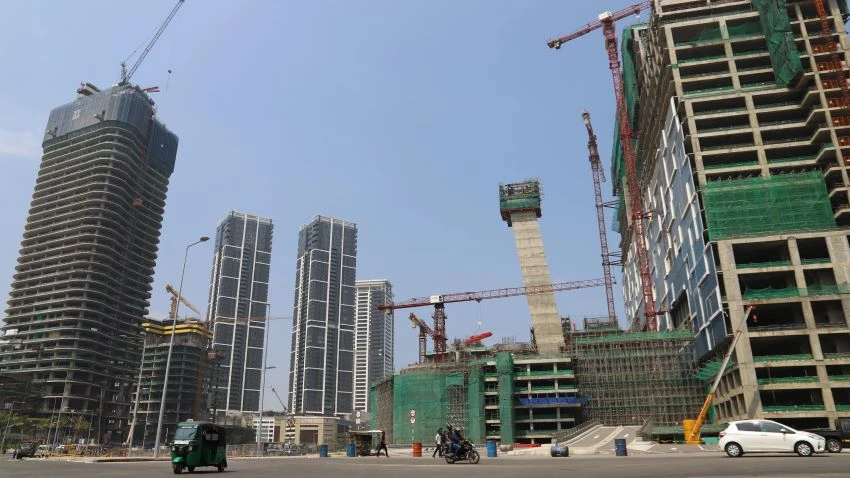
Growth in Asia's emerging economies will continue to lag due to the U.S.-China trade war, the Asian Development Bank said on Wednesday.
The ADB slashed the region's growth outlook for this year to 5.4% from 5.7% in April.
For next year, the region's economy will likely expand 5.5% instead of 5.6%, reflecting "gloomier prospects for international trade." Regional growth stood at 5.9% last year.
"The People's Republic of China-U.S. trade conflict could well persist into 2020 while major global economies may struggle even more than we currently anticipate," said ADB Chief Economist Yasuyuki Sawada. "In Asia, weakening trade momentum and declining investments are major concerns."
After growing 6.6% in 2018, China's expansion will likely slow to 6.2% this year -- slightly weaker than the initially expected 6.3% -- and 6.0% next year due partly to the effects of the tit-for-tat trade tiff.

India's growth prospects this year are also projected to slow from 6.8% in 2018 to 6.5% in 2019 due to investment uncertainties prior to the April-May elections and tighter credit conditions. It will rebound to 7.2% in 2020, the bank said.
Slowing global trade is also taking a toll on the region's more open economies, such as those in Southeast Asia, the ADB said. The region, which grew 5.1% in 2018, is projected to expand 4.5% this year before recovering to 4.7% in 2020.
With India slowing, South Asia is expected to grow 6.2% this year, slower than the 6.6% expansion last year. The region is seen growing 6.7% in 2020.
Meanwhile, the Pacific is expected to grow faster at 4.2% this year, driven by higher-than-expected gas production in Papua New Guinea, before slowing to 2.6% next year.
Central Asia is poised to grow 4.4% and 4.3% this year and next -- slightly better than what was initially projected amid rising state spending and investments.
Still, the ADB said risks remain and point to a general downturn.
"The trade conflict between the United States and the People's Republic of China could escalate further or even spread beyond trade and the two economies," Sawada said. "The risk of deeper malaise in the global economy, and uncertainty over how policy makers around the world will respond to weaker global growth, may stoke volatility in global financial markets."
Developing Asia covers 45 economies, including the newly industrialized economies of Hong Kong, Singapore, South Korea and Taiwan.
Hong Kong, which has been reeling from political turmoil since June, is expected to grow 0.3% this year before rebounding to 1.5% in 2020 -- slower than the 2.5% projection the ADB made in April for the two years. The island grew 3.0% last year.




















